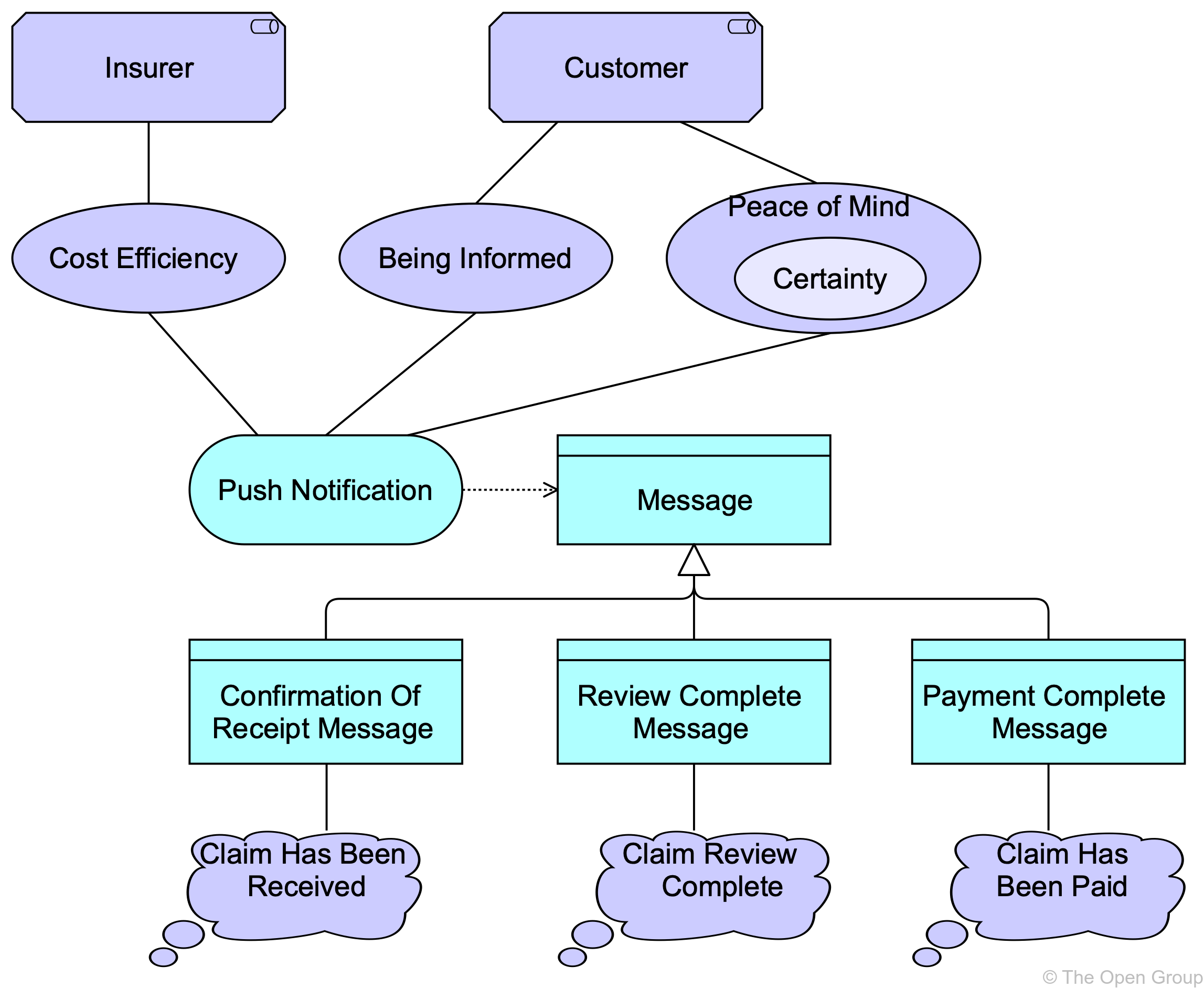Demystifying Value in Enterprise Architecture: A Guide to Representing Worth and Utility
In the intricate world of enterprise architecture (EA), understanding and representing value is essential. Value encompasses usefulness, advantage, benefit, desirability, and gain for customers, stakeholders, or end-users. While monetary value is commonly expressed, non-monetary value—such as practical functionality, information, or knowledge—is equally vital to business success. Let’s delve into the concept of value and explore how to model it effectively within the ArchiMate framework.
1. What Is Value?
- Value represents the relative worth, utility, or importance of a concept.
- It can manifest in various ways:
- Selling a product
- Using a service
- Completing an activity
- While monetary value is common, non-monetary value (e.g., practical functionality) is equally crucial.
- Value is often associated with external appreciation of goods, services, information, knowledge, or money.
2. Modeling Value in ArchiMate:
- Value can be associated with any concept within the ArchiMate language.
- To model value effectively:
- Associate the stakeholder for whom the value applies.
- Express the value as an action or state achievable due to the corresponding element’s availability.
3. Example: Push Notifications
- Consider the example of push notifications:
-
Value for Stakeholder “Insurer”:
- “Cost Efficiency”
-
Value for Stakeholder “Customer”:
- “Being Informed”
- “Peace of Mind” (partly due to “Certainty”)
- Different notification types have specific meanings:
- “Confirmation Of Receipt Message”: “Claim Has Been Received”
- “Review Complete Message”: “Claim Review Complete”
- “Payment Complete Message”: “Claim Has Been Paid”
-
Value for Stakeholder “Insurer”:

In summary, value in enterprise architecture goes beyond monetary considerations. By modeling value effectively, we ensure alignment with stakeholder needs and strategic goals.

